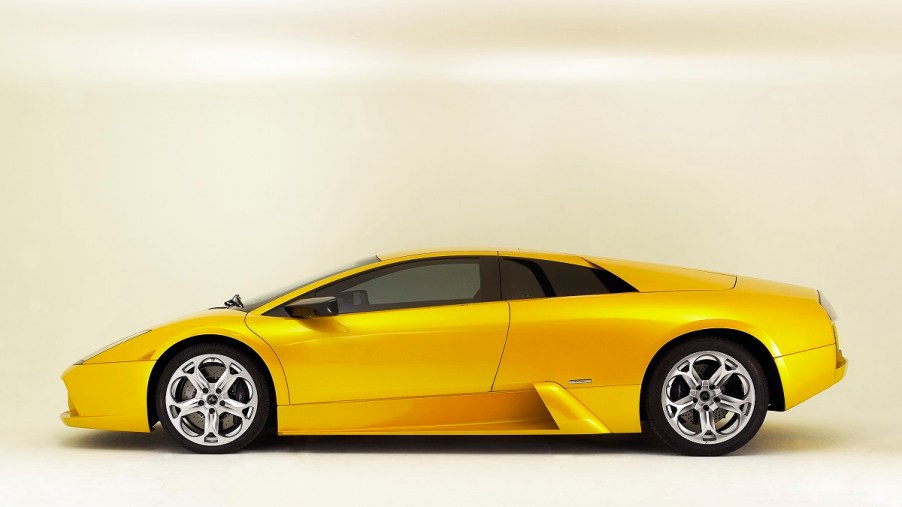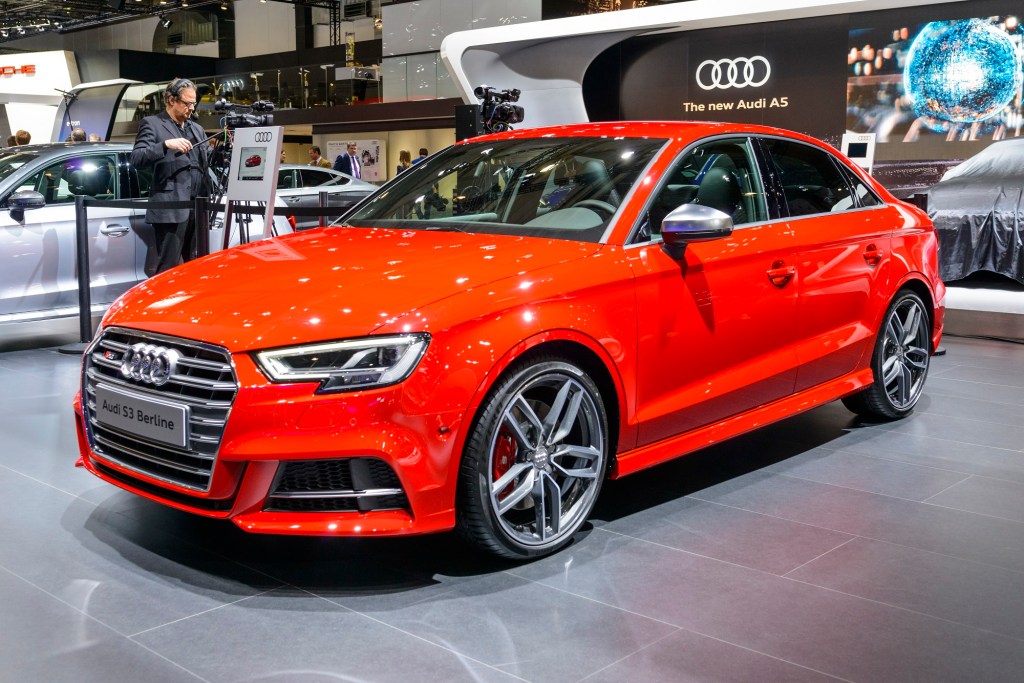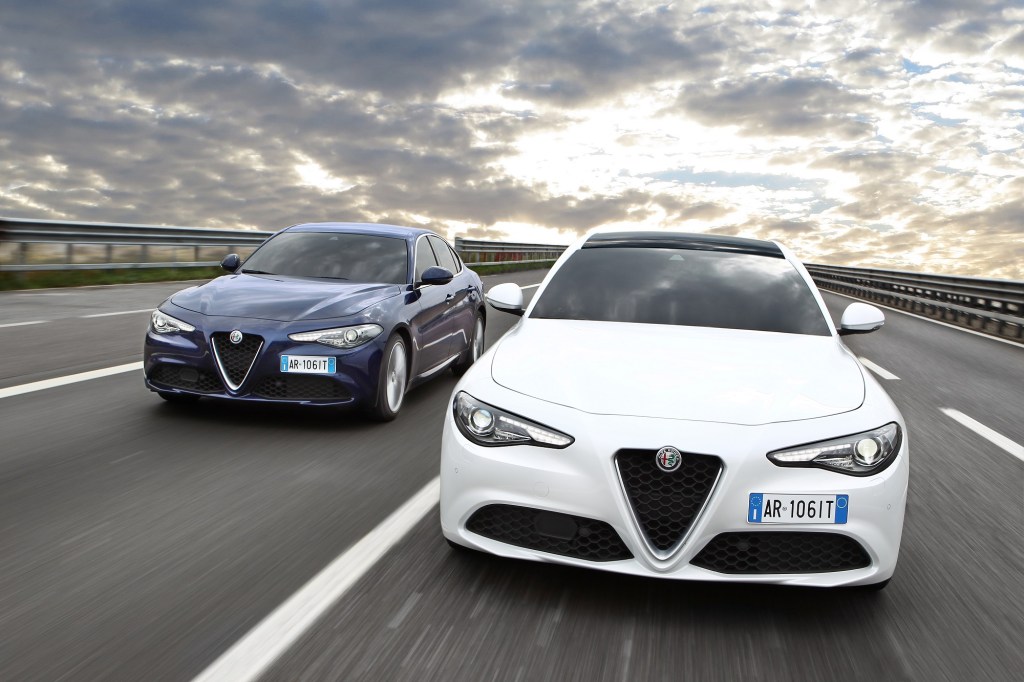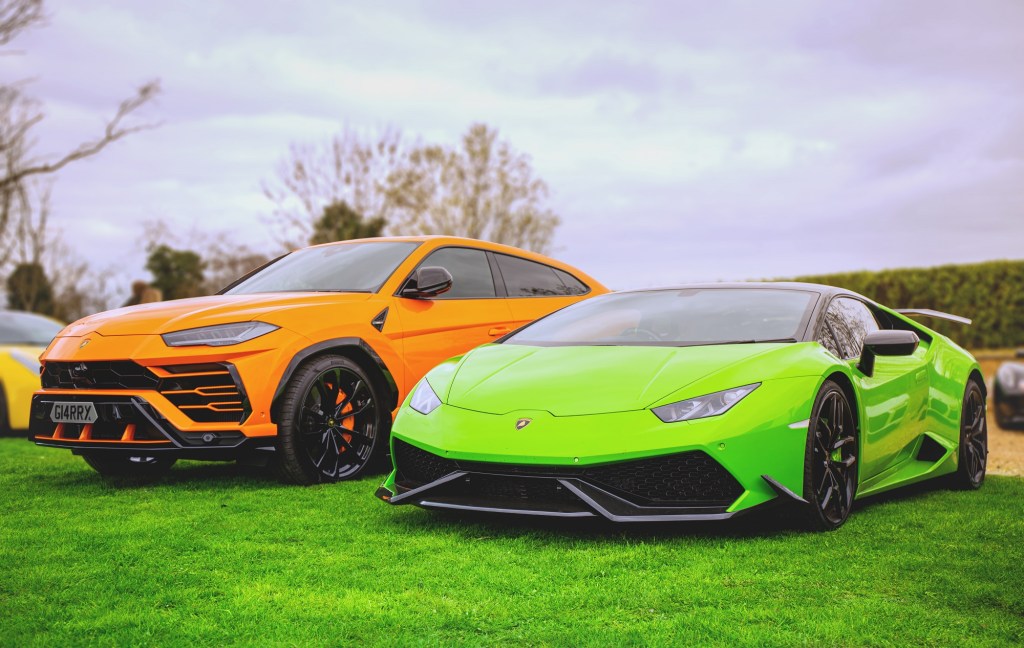
Buying a Car? You Might Want to Consider the Color
Article Highlights:
- White and black cars make up more than half of the market. Paired with inventory shortages, you might have difficulty getting a car in a different color.
- Some color pallets or options drive the cost of vehicles up and can even impact resale value.
- You can ignore the misconceptions like the myth that insurance providers charge more for specific colors.
Finding a used or new vehicle is a tricky experience. If you’re buying a car, you may have to find a balance between form, function, and budget to get as much car as you can for your money. Conversely, if you’re after a used car bargain, you have to choose from what dealerships and sellers have in stock. Additionally, you might want a specific color, like a metal-flake red or deep purple. Hold on, though, because there are a few things you might want to consider before buying your next car.
What is the most popular car color?

White is dominantly the most common color in the new and used car market. Also, automakers frequently sell white vehicles for fleet purposes, like utility vans, department trucks, and rental cars. The result is a market awash with white cars. Furthermore, black, silver, gray, and some blues have been popular colors in recent model years. So if you want a Dodge Charger in a classic muscle car purple, you might need to go hunting.
What color cars are more expensive?

Specific specialty colors will cost you more money than generic white or black. In some cases, paint jobs are more material or labor-intensive and, as a result, more expensive. For instance, metallic and metal-flake paint jobs are more complicated to apply than a standard paint job. Additionally, some automakers offer graphics packages that can drive the cost of a vehicle up. Beyond that, certain special edition vehicles have paint and graphics setups that are available only on that model. For example, the Lamborghini Gallardo Balboni featured an unorthodox asymmetrical set of stripes that shoppers had to buy the specific car to get.
Does the color of your car affect your insurance?

It is a myth that a bright color like red will raise your auto insurance expenses. AARP reports that while insurance providers take VIN information into account, color doesn’t enter the formula. Furthermore, insurance providers don’t raise rates based on the likelihood of engaging in risky driving behaviors in vehicles with brighter colors. AARP says that no studies confirm drivers will drive more aggressively in a red car or a white car of the same make and model.
Does color make a difference in resale value?
According to the latest data from iSeeCars, a yellow car will lose just 13.5% of its original value on average. That’s much more value retention than the average vehicle, which loses as much as 22.5% in the first three years.
Karl Brauer, an Executive Analyst at iSeeCars, said, “while not many people want a yellow car, there are clearly more people who want one than exist, which is why yellow performs so well on the secondary market. The same can be said of orange and green, colors you don’t see often but are obviously in higher demand than supply.”
Get whatever hue, shade, or look makes you happy
The most limiting factor in finding a specific car in a particular color is availability. Supply chain issues and vehicle shortages mean that you may have to wait to find your sedan in that eye-popping green. However, if you can find a vehicle in the hue that makes you happy, go for it.



